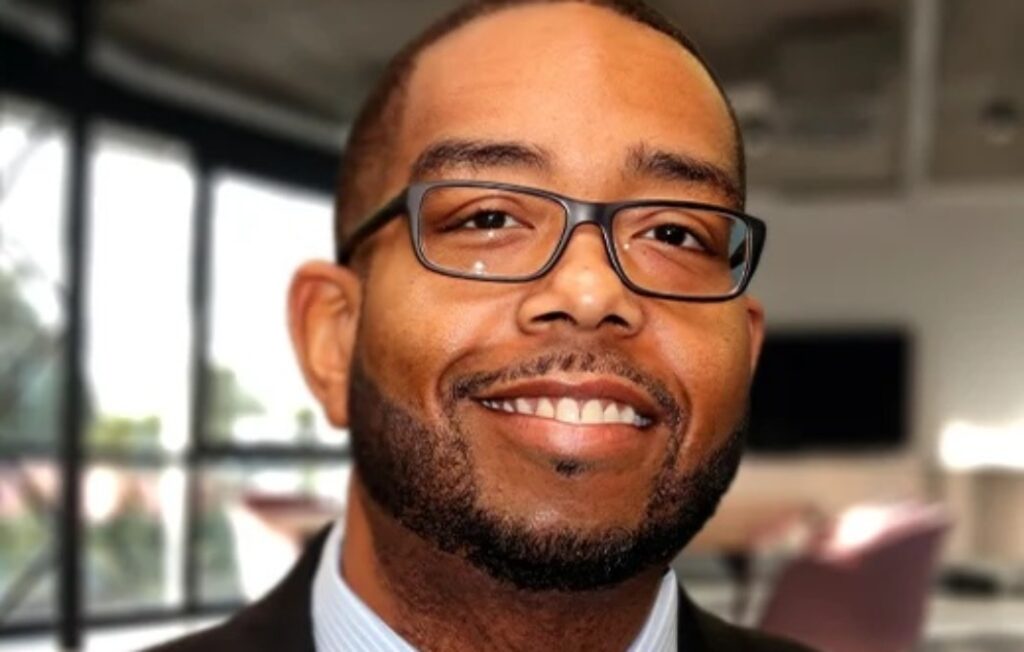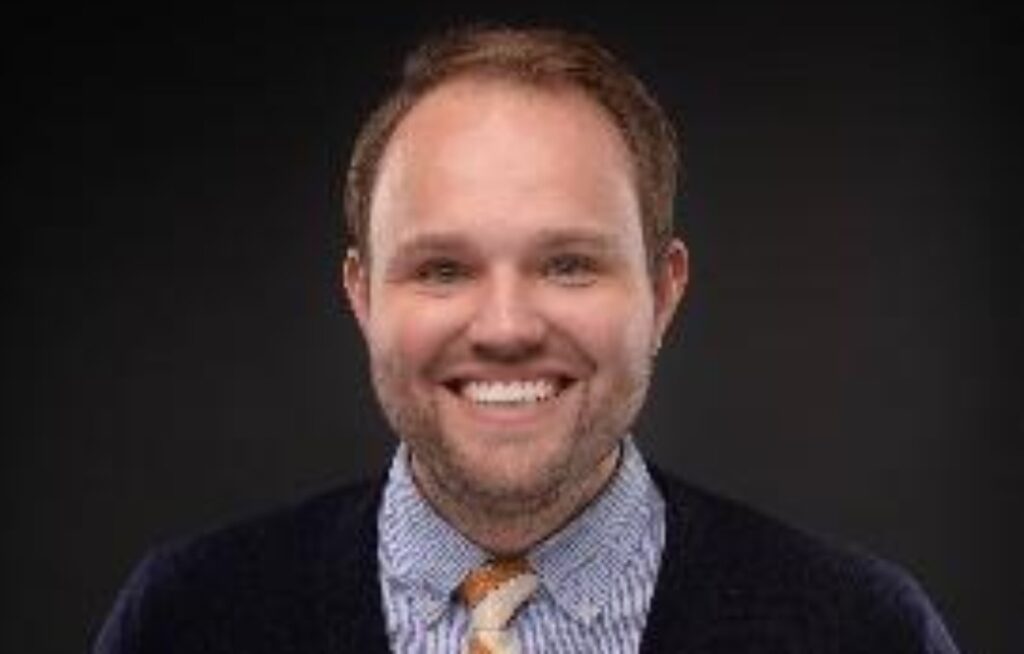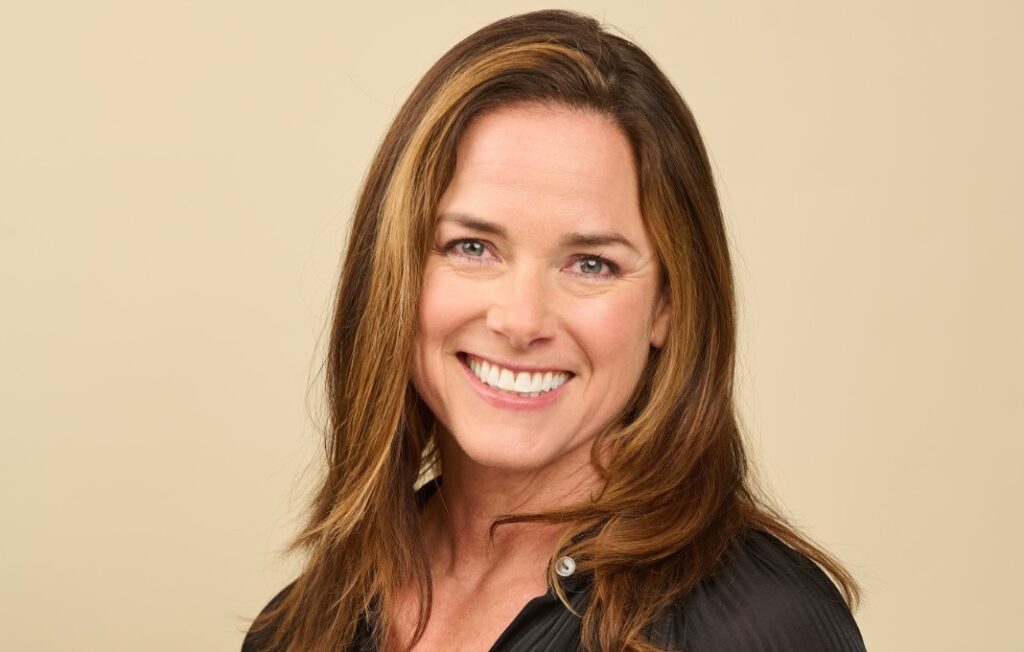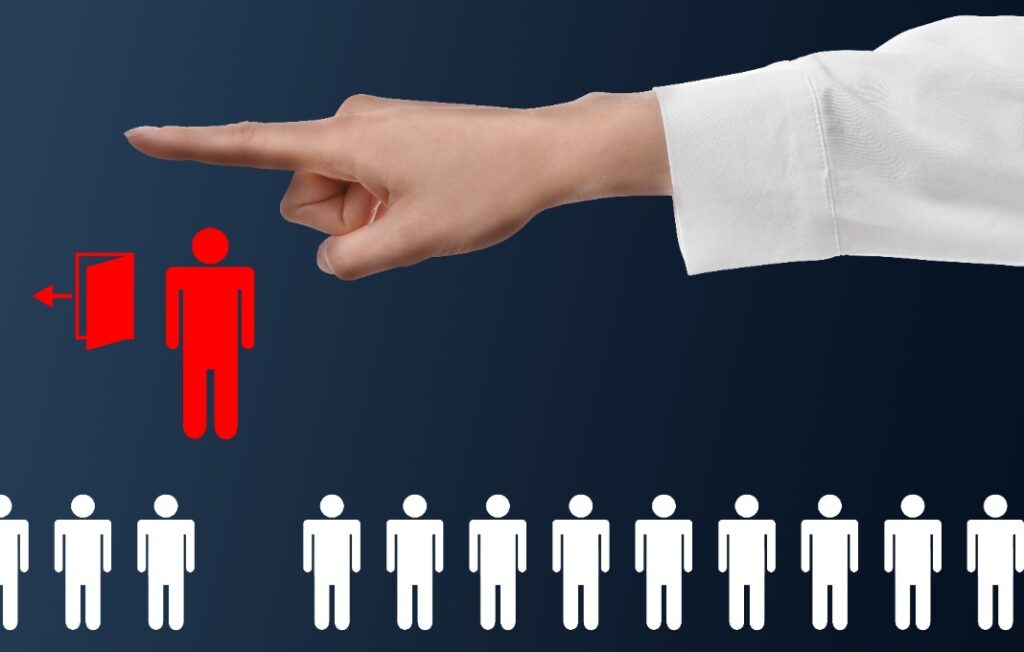When George Floyd was killed by police in May 2020, the Black Lives Matter movement began to galvanize a national reckoning over race. Companies and corporate leaders struggled to respond. Even those that had diversity, equity and inclusion initiatives already in place found themselves under higher expectations to show results. At companies that didn’t have robust DEI programs, marketing and HR teams rushed to announce new initiatives, to mixed results. While many were substantive, others—such as Amazon’s commitment to not share facial recognition software with police for one year—appeared to be little more than window dressing designed to conceal business as usual.
“In 2020, many organizations started making commitments and pledges and being very vocal and putting roles in place,” notes Rachael McCann Jones, senior director, integrated and global solutions and global DEI solutions leader at WTW. “Fast forward to 2023, and there’s a fascinating dynamic where we have tight labor markets, socioeconomic and geopolitical factors, and a greater focus on ESG. We have stakeholders, not just shareholders, looking to organizations, including our own, and saying, ‘So, what have you done? Have you made progress?’ whether you made your commitment 10 years ago or three years ago.”
While the intent behind DEI programs was good, companies that rushed to launch them may now find that their execution was “suboptimal,” McCann Jones argues. Those that have performed the best are generally companies where they were already treating their employees well and “recognizing them for who they are.” DEI initiatives typically seek to support people based on factors such as race, gender, ethnicity or veteran status, but what it really amounts to is “a sense of belonging.”
Indeed, DEI initiatives are under fresh scrutiny from all sides. On the one hand, people are looking for real results from these efforts, while restive conservative political forces—exemplified by Florida governor and U.S. presidential candidate Ron DeSantis—take aim at what they see as “woke” culture invading corporate America. While DeSantis is perhaps the most visible actor against diversity initiatives, there are an array of people and organizations pushing to do away with DEI and its close companion, environmental, social and governance investing.
Supreme Court Impact
Following the Supreme Court’s June ruling against affirmative action programs in colleges and universities, there are signs that corporate DEI initiatives may be the next target. Former Trump advisor and head of the America First Legal nonprofit Stephen Miller declared that “this ruling means we can strike hard legally in our courts now and win major victories. Now is the time to wage lawfare against the DEI colossus.”
In the face of such political and legal attacks, corporate leaders are quickly recalibrating in several ways. BlackRock chairman and CEO Larry Fink has said that he will simply phase out the phrase “ESG” because it has been “weaponized” by political actors, and “it’s been misused by the far left and far right.” Nevertheless, he intends to still focus on its core issues, including decarbonization, governance and social issues. In other words, ditch the acronym and lose the target on your back.
Within the corporate DEI space, there has been a subtle linguistic shift as well. HR leaders now regularly add “diversity of experience” to the DEI mix alongside things such as race or LGBTQIA+ identity. This addition has the subtle effect of allowing companies to still develop work forces with a multitude of racial and gender identities, while altering the framing in a way that is not dissimilar to how many colleges and universities—following the lead of the Supreme Court’s ruling—say they will now emphasize “an applicant’s discussion of how race affected his or her life, be it through discrimination, inspiration or otherwise.”
“Organizations may have set some strategic goals around some of the basic levels of diversity and inclusion, specifically those external characteristics of diversity, such as race, age, gender and sexual orientation, without really taking a deeper dive into other dimensions of diversity,” notes Donnebra McClendon, global head of diversity, equity and inclusion at Ceridian. This broader definition can include everything from neurodiversity to learning styles.

Strengthening Your Organization’s Health And Wealth Through DEIB
It isn’t just about social justice. Here’s how diversity, equity, inclusion and belonging efforts can help improve your company in three critical areas.
Companies across the board are still prioritizing DEI initiatives. Not only is promoting diversity, equity and inclusion the right thing to do, they argue, but it also helps organizations compete in an economy characterized by rapidly changing markets, shifting consumer demands and demographics, and labor competition. In other words, DEI is a strategic necessity in the modern era, and it’s here to stay.
In a world of rapidly changing geopolitical, economic and market forces, companies either innovate or die, and diversity is seen as a key factor in building an innovative workforce. “No one person can think of the kind of brilliant ideas that occur through collaboration, discussion with their peers, divergent thoughts and ideas,” says Shalin Kothari, vice president for people and DEI strategy at Schneider Electric. “If you have people who are likeminded in their thinking, then you’re not really going to lead in innovation. Innovation usually comes about through debates and discussions and different viewpoints and a reconciliation of those ideas. That’s why you need diversity in an organization.”
“Innovation and diversity are absolutely related,” McCann Jones says. “There’s a ton of research out there that says more diverse teams lead to greater market returns and greater innovation with new products or entering into new markets.” Conversely, failure to build diverse teams can be damaging. She cites automatic hand sanitizer and soap dispensers as an example. While the dispensers were a breakthrough product with substantial public health benefits (all the more obvious in the aftermath of Covid), many cheaper models were most likely originally developed and tested by all-white teams. The optical sensors on those models struggled to detect darker skin, meaning they didn’t work equally for everyone.
Kothari defines the diversity needed to fuel effective innovation broadly, encompassing “diversity of profiles, diversity of skill sets, diversity of different demographic makeups within the organization.” Of course, a potential pitfall is that prioritizing everything is the same as prioritizing nothing; to counter this, companies and CHROs must be sure that whatever DEI initiatives they put in place are accompanied by effective schemes for collecting and analyzing data to determine if they are actually effective. Without accountability, DEI programs quickly become window dressing.
When implemented effectively, however, DEI programs can help create cultures of innovation. HR leaders need to not only look at their DEI programs and evaluate whether their “population is more diverse than it is before,” which requires serious people analytics and looking at engagement scores and whether employees feel safe and like they are treated with dignity, says McCann Jones. CHROs need to talk to their employees and learn whether they feel like they can grow in their careers. “Can they contribute? Do they feel like they belong? If the answers are ‘yes,’ that gives a lot more likelihood to the question around innovation and a sense of a culture of innovation.”
How Diversity Happens
Beyond the basics, such as guaranteeing diverse hiring pipelines, there are a number of tools CHROs can use to ensure DEI initiatives are effective.
At Ceridian, for instance, McClendon focuses on identifying internal system barriers to underrepresented groups rising in leadership. “We use that term pretty loosely, because in a global organization, to be underrepresented really can mean lots of different things,” ranging from age to socioeconomic background, she notes. Oftentimes, the biggest barrier can be a preexisting lack of diversity in leadership roles.
“It’s difficult to imagine yourself in a leadership role if that’s not something that you can actually see,” McClendon says, noting that in the company’s 2023 Pulse of Talent report, 45 percent of respondents cited a lack of leadership diversity as a problem. This risks becoming a feedback loop, so, in order to disrupt it, McClendon’s team has implemented a differentiated leadership development program “where we can open up an application process, track performance,” using quantitative and qualitative measurements, “and provide support and sponsorship to participants throughout this program.”
Constant feedback and analysis is key in DEI, McClendon says, in order to avoid creating a “check the box” program that may look good from a distance but fail to actually solve real diversity problems. Such failures ultimately become a strategic failure for companies.
Ceridian’s leadership programs are further complemented by identifying and supporting “champions” who can represent the needs of underrepresented groups in the company. By drawing champions from across the company, rather than making DEI a strictly HR issue, McClendon argues that DEI becomes socialized as a company-wide priority.
Kothari likewise argues that DEI has to be a company-wide issue. At Schneider Electric, frontline and middle managers are seen as key players in promoting diversity, particularly in hiring. However, he notes, they’re also already under intense pressure. Employee surveys showed that “burned out managers are not able to connect with some of the employees,” which hampered the effectiveness of DEI programs. Managers are “not only managing in a more diverse organization, they’re also asked to contribute as well. They’re acting as an individual contributor on top of managing their organization.”
As middle management has taken on more responsibility at companies, they’ve become increasingly key to the success of DEI initiatives. At Schneider Electric, managers have been paired with coaches to support them across their responsibility, including on DEI matters. “It’s more and more integrated as every year goes by,” says Kothari. “It’s your personal life versus your professional life, and those boundaries are slowly eroding.” The coaches are there to help managers drive DEI initiatives, which means supporting them across all their responsibilities. The coaches help managers understand the requirements and frameworks of DEI initiatives.
Ultimately, diversity and innovation go hand-in-hand. Teams with more diversity are more likely to come up with creative solutions to problems, see untapped market solutions and respond to changing market conditions more nimbly. At the same time, creating a culture of innovation, or a diverse company, isn’t easy, and it’s a task that will never be truly done.
“There isn’t an easy button to ensure that you have a culture of diversity and belonging that can really drive innovation and engage people,” says McCann Jones. While traditional managers have not necessarily been trained to foster creativity—or diversity—until recently, it’s also key to the long-term success of companies. “It is really multipronged, and managers and leaders play a critical role in engaging and exciting and driving that engagement and innovation,” says McCann Jones.
CHROs must focus on equipping and supporting managers; simply having an unconscious bias training isn’t enough. “Inclusive leadership and management is absolutely key. If the manager is not engaging, doesn’t do their job, that can be a hold and stop innovation right at the door.”








